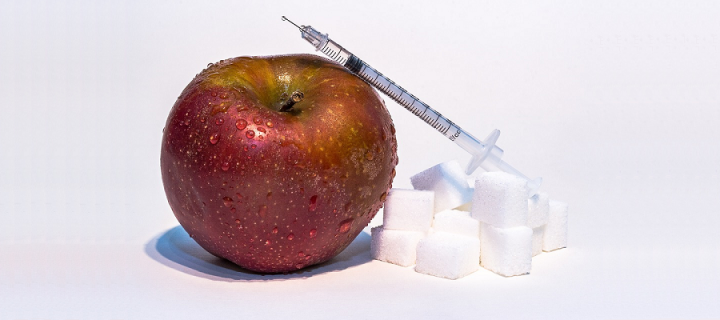Diabetes
The impact of a telemetric monitoring service in diabetes type 2: a randomised controlled trial with nested qualitative study.
Background
Poor glycaemic control and high blood pressure are largely asymptomatic so people with diabetes and hypertension who are not self-monitoring their glucose or blood pressure have little feedback on the impact of lifestyle changes or their medication between surgery visits.
Aims
We investigated whether giving general practices regular information on how people were self monitoring helped control blood glucose and reduced blood pressure in diabetic people who also had hypertension.
Patients had control of the measurement of their blood glucose and blood pressure. They were able to get timely feedback on the impact of changes to lifestyle and medication and they were also able to contact their practice nurse (who was able to see their blood pressure and glucose record on the internet) via telephone or email.
It was anticipated that this would provide increased motivation and facilitation for individuals to improve self-care.
Professionals had remote access at any time to self monitored blood glucose levels and average blood pressure. The availability of the home monitoring results may give professionals more confidence in their assessment of the effectiveness of the patient’s self-care and medication and lead to effective regimens being established more quickly.

Methods
We undertook research using both qualitative and quantitative methods.
We conducted a randomised controlled trial (RCT) involving recruitment of 320 people who had diabetes and high blood pressure: 160 continued receiving usual care and the other 160 were given a glucometer and a blood pressure monitor to use at home, which transmitted readings via a modem to a secure website which could be accessed by themselves and their practice nurse who could give advice by telephone, text or email.
We also interviewed a proportion of participants to explore their experience of self−monitoring, the sources of support they used and any unintended consequences of self monitoring.
Results
We performed a randomized, parallel, investigator-blind controlled trial with centralized randomization in family practices in four regions of the United Kingdom among 321 people with type 2 diabetes and glycated hemoglobin (HbA1c) >58 mmol/mol.
The supported telemonitoring intervention involved self-measurement and transmission to a secure website of twice-weekly morning and evening glucose for review by family practice clinicians who were not blinded to allocation group.
The control group received usual care, with at least annual review and more frequent reviews for people with poor glycemic or blood pressure control. HbA1c assessed at 9 mo was the primary outcome.
Intention-to-treat analyses were performed. 160 people were randomized to the intervention group and 161 to the usual care group between June 6, 2011, and July 19, 2013. HbA1c data at follow-up were available for 146 people in the intervention group and 139 people in the control group. The mean (SD) HbA1c at follow-up was 63.0 (15.5) mmol/mol in the intervention group and 67.8 (14.7) mmol/mol in the usual care group.
For primary analysis, adjusted mean HbA1c was 5.60 mmol/mol / 0.51% lower (95% CI 2.38 to 8.81 mmol/mol/ 95% CI 0.22% to 0.81%, p = 0·0007). For secondary analyses, adjusted mean ambulatory systolic blood pressure was 3.06 mmHg lower (95% CI 0.56–5.56 mmHg, p = 0.017) and mean ambulatory diastolic blood pressure was 2.17 mmHg lower (95% CI 0.62–3.72, p = 0.006) among people in the intervention group when compared with usual care after adjustment for baseline differences and minimization strata.
No significant differences were identified between groups in weight, treatment pattern, adherence to medication, or quality of life in secondary analyses. There were few adverse events and these were equally distributed between the intervention and control groups.
In secondary analysis, there was a greater number of telephone calls between practice nurses and patients in the intervention compared with control group (rate ratio 7.50 (95% CI 4.45–12.65, p < 0.0001) but no other significant differences between groups in use of health services were identified between groups.
We concluded that supported telemonitoring resulted in clinically important improvements in control of glycaemia in patients with type 2 diabetes in family practice.
Papers
Supported Telemonitoring and Glycemic Control in People with Type 2 Diabetes: The Telescot Diabetes Pragmatic Multicenter Randomized Controlled Trial (PLOS Medicine, 2016)
Qualitative study of telemonitoring of blood glucose and blood pressure in type 2 diabetes (BMJ Open, 2015)
| Funder | Chief Scientist Office |
| Chief Investigator | Professor Brian McKinstry |
| Trial Manager |
Additional information
Protocol:
Diabetes telemonitoring database


